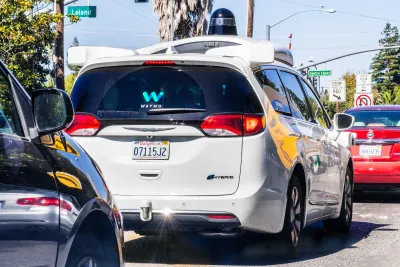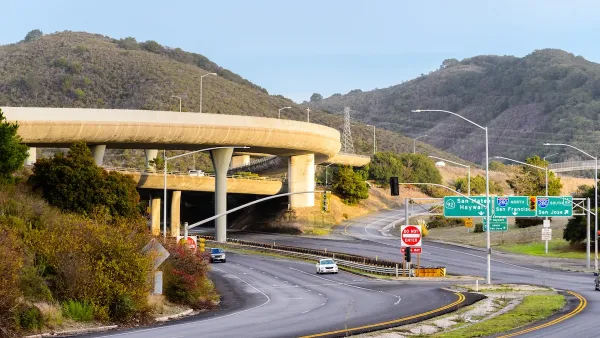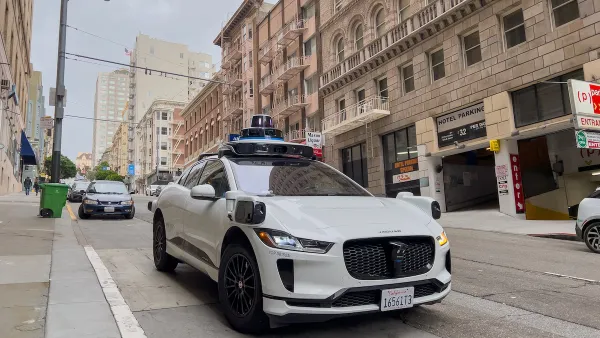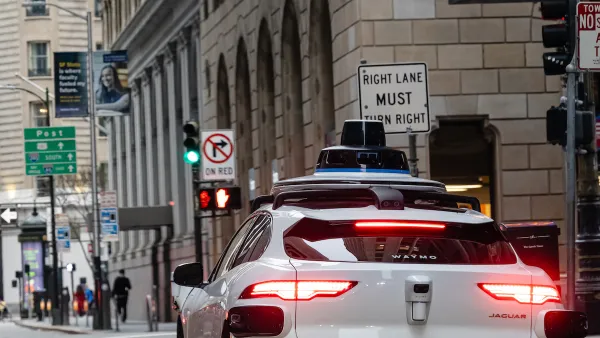As fleets of autonomous cars make their way onto city streets, the need to effectively regulate the technology is becoming more urgent.

Amidst the high-profile stories about Tesla’s self-driving cars, a quieter autonomous revolution is taking place on real city streets as companies like Cruise and Waymo introduce more and more robotaxis to the streets of San Francisco, Phoenix, and beyond. But unsurprisingly, writes Benjamin Schneider in MIT Technology Review, governments have been slow to catch up to the reality that robotaxis are here, now.
“I’ve come to believe that most people, including many powerful decision makers, are not aware of how quickly this industry is advancing, or how severe the near-term labor and transportation impacts could be,” Schneider says, adding, “Legal frameworks remain woefully inadequate: in the Golden State, cities have no regulatory authority over the robotaxis that ply their streets, and police legally cannot cite them for moving violations.”
Autonomous taxis have their perks, too. “The mere fact that these vehicles are programmed to follow traffic laws and the speed limit automatically makes them feel like safer drivers than a large percentage of humans on the road.” But their rapid proliferation calls for a discussion of the broader potential repercussions of the technology. For example, “This technology could make automotive transportation so cheap and easy that people decide to make more trips by car, increasing congestion and undermining public transportation. Traffic could be made even worse, San Francisco officials fear, by the many robotaxis double-parking as they await passengers, lacking the situational awareness of where and for how long it’s appropriate to stop.” Not to mention questions of labor or equity.
For Schneider, this is a change that must be addressed quickly. “It’s high time for the public and its elected representatives to play a more active role in shaping the future of this new technology.”
FULL STORY: Robotaxis are here. It’s time to decide what to do about them

Analysis: Cybertruck Fatality Rate Far Exceeds That of Ford Pinto
The Tesla Cybertruck was recalled seven times last year.

National Parks Layoffs Will Cause Communities to Lose Billions
Thousands of essential park workers were laid off this week, just before the busy spring break season.

Retro-silient?: America’s First “Eco-burb,” The Woodlands Turns 50
A master-planned community north of Houston offers lessons on green infrastructure and resilient design, but falls short of its founder’s lofty affordability and walkability goals.

Test News Post 1
This is a summary

Analysis: Cybertruck Fatality Rate Far Exceeds That of Ford Pinto
The Tesla Cybertruck was recalled seven times last year.

Test News Headline 46
Test for the image on the front page.
Urban Design for Planners 1: Software Tools
This six-course series explores essential urban design concepts using open source software and equips planners with the tools they need to participate fully in the urban design process.
Planning for Universal Design
Learn the tools for implementing Universal Design in planning regulations.
EMC Planning Group, Inc.
Planetizen
Planetizen
Mpact (formerly Rail~Volution)
Great Falls Development Authority, Inc.
HUDs Office of Policy Development and Research
NYU Wagner Graduate School of Public Service




























